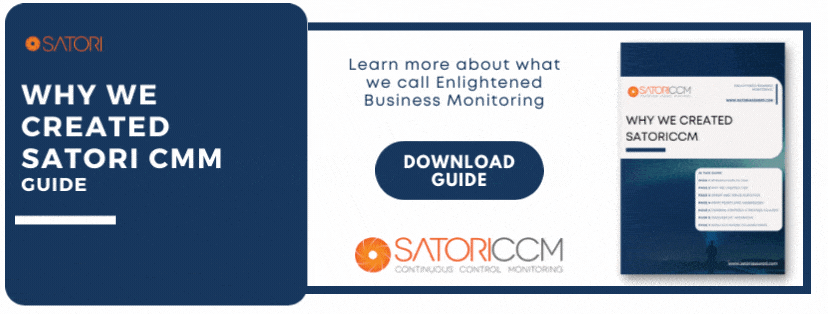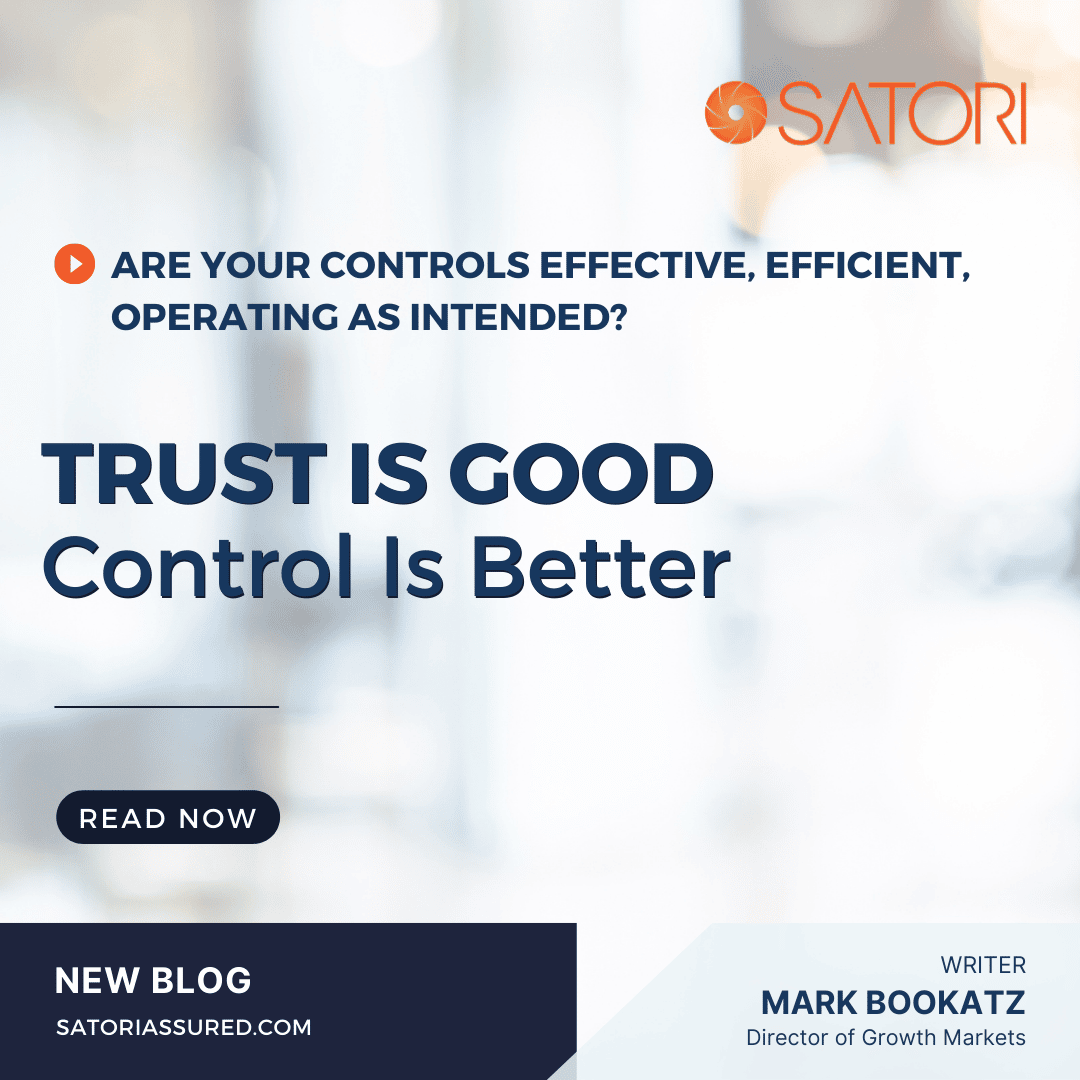There is a healthy debate online as to whether the former Russian Leader, Vladimir Lenin, coined this phrase, and whilst I will leave it to those online forums to continue the dialogue, the words themselves got me thinking about the topic of trust vs. control.
Modern management theory and practices tend to focus on entrusting, empowering and divesting responsibility to employees, systems and processes to do the right thing by the customer, the company, shareholders and other stakeholders. And whilst there is much productivity, innovation, agility and speed at which the organisation can run under this operating model – at what point does management implement, control and monitor the organisation to ensure everything is as it seems?

By implementing business controls for better insights – how does one monitor that they continue to operate effectively, efficiently and as intended? Take one of our customers who recently went live with a new HR/Payroll system, the CHRO & CFO trusted that the new system had fixed several challenges from their previous system as well as providing additional benefits in overall People & Culture productivity by integrating with the rest of their ERP systems seamlessly. We have all heard this story before – management goes on to live happily ever after following the successful launch and adoption of the system to much internal fanfare and change management initiatives.
But not so fast… Much like the systems and processes implemented, employees are also entrusted to use these systems for running the business, and perhaps things may not always be as they seem. Having recently implemented Continuous Controls Monitoring in this particular customer, let’s take Anna Smith* for example, she used to log her leave requests by sending an Outlook meeting request to her manager – who accepted the leave request. However, Anna forgot to log the leave request in the HR/Payroll system. Did Anna forget? Did Anna do it deliberately knowing that her leave balance wouldn’t be deducted for the time off? What is Anna’s manager role in all of this – incompetence? Either way, the leave balance is growing and sits on the balance sheet as a liability – when in fact, Anna had utilised this benefit and would no longer be owed that leave entitlement.
You may think a few days here or there won’t matter – but it adds up, fast. We recently implemented a control check for one of our other customers who wanted to ensure that employees were taking leave, but that it was in fact getting logged correctly as well. It wasn’t a witch hunt, and it was a well-intended program of work designed to improve the OH&S environment by ensuring employees take leave – the benefits of employees taking leave being well documented in other forums.
The background here is that employees and their managers were claiming that they were taking leave – so why then were the leave balances so high? Something wasn’t adding up.
So how did we run the check? We continuously run a multitude of tests to check for time and attendance not just on the shop floor, but also for those working in the office, including from home as well.
For the shop floor, access cards and physical access control points monitor and log entry and exit of each individual for security purposes. We can simply run a match to determine if the employee showed up for work each day.
For the office, we can easily match and cross reference the active directory logs to determine who has logged onto their workstation each day. If the employee says they are at work, yet don’t log in for a whole day – then an alert is sent to check on the employee – perhaps they are unwell? Perhaps something more? And further, we also run tests to see how often employees are logging in whilst they are supposed to be on leave. Again, highlighting the corporate culture of creeping into employees’ own leave time.
Trust is good but control is better. Implementing Business Controls for better insights is fine but how do you monitor those controls ongoing? Are they continuing to operate effectively, efficiently and as intended?
By running these checks for the last 3 months now, and continuously moving forward, we have already saved the company over $12.7m in leave balance liabilities – predominately through the correct logging of leave balances by employees across the organisation.
We trust our employees, systems and processes to operate effectively and to be doing the right thing, but ensuring those controls are continuously monitored, is definitely better.
* Names have been changed for privacy purposes.
About the Author – Mark Bookatz
I am passionate about utilising technology to improve the world in which we all live today and for a better and more sustainable future tomorrow. As the Director of Growth at Satori, I work with organisations across all industries and lines of business to implement continuous controls monitoring to improve the financial, operational and regulatory assurance organisations need to run their businesses more effectively and with confidence.






